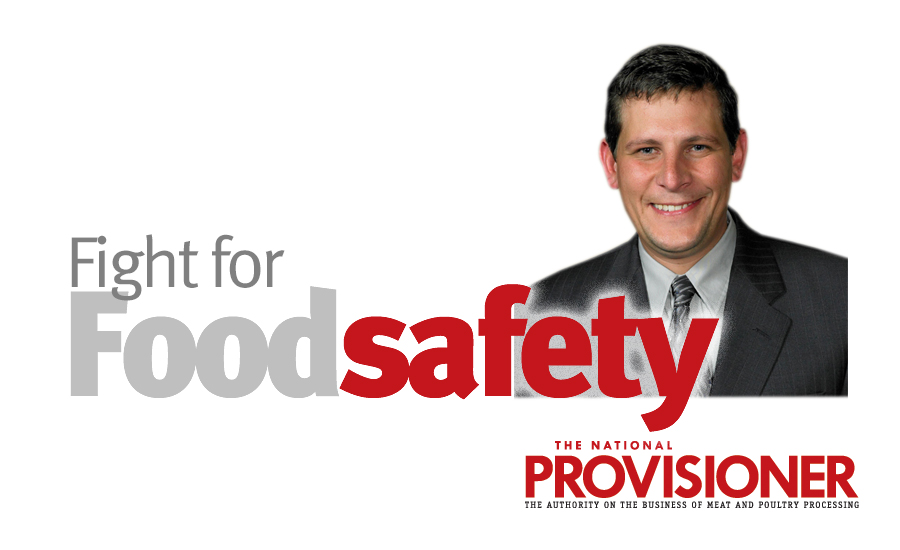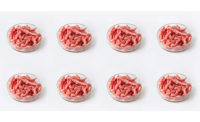Not long ago, E. coli O157:H7 was in the news almost daily.
Each year, tens of millions of pounds of raw ground beef would be recalled by industry because of the presence of the harmful bacteria. In 2007 and 2008, there were nearly 50 recalls involving E. coli O157:H7 in nearly 50 million pounds of product.
So far, this year, there has not been a single recall of raw ground beef for the presence of E. coli O157:H7 or non O157 STECs (“E. coli”). Although raw beef trim and other intact products have been associated with two recalls announced this year, those two recalls involved only 3,551 pounds of product. Notably, neither of those products or recalls was associated with any illnesses.
At the same time industry is seeing a decrease in the levels of E. coli in raw beef products, however, studies are demonstrating that E. coli continues to exist and spread naturally in the farm and feedlot environment. E. coli can spread between animals, through the outflow of water, by the use of untreated manure, through the passage of transient animals or by migratory birds. So, if the presence of E. coli is persisting in the environment, what is industry doing which is so effective at controlling E. coli?
For starters, processing establishments are far more careful in selecting reputable suppliers to harvest their raw trim. In turn, harvest establishments themselves (driven in large part by recent changes in FSIS policy), now have a better understanding of how E. coli transfers in the harvest environment, and are improving dressing procedures to address that threat. Additionally, FSIS is encouraging (and processors in many cases are demanding) that their suppliers adopt High Event Period (HEP) programs that require all raw trim from a discrete production period to be diverted whenever the number of E. coli positives exceed a certain threshold.
But is there more that harvest establishments should be doing?
Yes. Even in those cases in which the number of positive samples does not constitute a HEP, many establishments nevertheless are diverting their trim combos produced immediately before and after any single combo that tests positive, even if those combos test negative. This way, establishments are casing a wider net, and containing any potential contamination that may have spread to other combos but avoided detection. If your supplier is not following this practice, you should encourage them to do so.
Processors should also continue to urge their suppliers to not only adopt these types of programs, but also report their results. In the beef industry, transparency equates to safety. In turn, making a few small modifications to existing E. coli testing programs can mean the difference between a recall involving tens of millions of pounds of ground beef, and a recall that will be completely avoided.





Report Abusive Comment